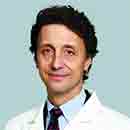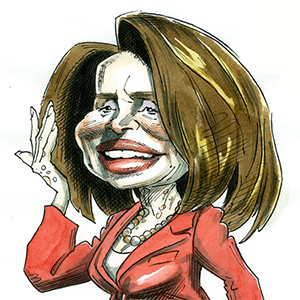Is there enough caffeine in chocolate to keep you up at night?
Published in Health & Fitness
We often talk about the amount of caffeine in drinks like coffee and tea, but what about the caffeine content in the food we eat? When it comes to the conversation of natural edible caffeine, the topic often turns to chocolate.
Chocolate is made from cocoa beans, often referred to as cocoa solids, the seeds from cocoa trees that naturally contain caffeine. To make the chocolate we know and love, cocoa beans are fermented, dried, roasted, and ground up before being mixed with other ingredients and flavorings. And different kinds of chocolate have varying amounts of caffeine. Here’s how to tell how much caffeine is in your favorite chocolate treat.
What’s the recommended daily amount of caffeine?
According to the Food and Drug Administration (FDA), up to 400 milligrams (mg) of caffeine per day (equivalent to four to five cups of coffee) is typically considered safe for the average adult. But everyone metabolizes this stimulant differently, so if caffeine gives you headaches, causes jitters, anxiousness, a faster heart rate, or another side effect, definitely refrain from consuming high amounts. If you’re pregnant or breastfeeding, have a conversation with your doctor about the amount of caffeine they advise for you.
How much caffeine is in chocolate?
Although there is naturally caffeine in chocolate, for the most part there’s a negligible amount in it compared to the caffeine in coffee, certain teas (like black and green teas), and soft drinks.
The caffeine amount can really vary depending on the type of chocolate, growing conditions of the cocoa beans and the cocoa source, explains Liron Pergament-Gal, Boston-based chocolatier and owner of ChocAllure.
Caffeine in dark chocolate
Because dark chocolate contains the most cocoa beans or cocoa solids, it contains the most caffeine. Those higher percentages you see on dark chocolate bars — 85%, 77% — represent the amount of cocoa solids in the bar. The higher the percentage of cocoa solids, the darker or more bitter the chocolate, the lower the sugar content, and the more antioxidants — and it’s also an indicator that it contains more caffeine because it’s made up of more cocoa solids.
Caffeine in milk chocolate
According to the FDA, milk chocolate must contain at least 12% milk solids and 10% chocolate liquor (which is non-alcoholic). Since milk chocolate by definition has less cocoa solids (with the addition of 12% or more milk solids), it also contains less caffeine. According to the USDA, there is about 9 mg of caffeine per 1.5 ounce bar.
Caffeine in white chocolate
“White chocolate only contains cocoa butter, and not cocoa solids (cocoa butter is the fat that is extracted from cocoa solids), and therefore doesn’t contain caffeine,” Pergament-Gal explains.
Caffeine in hot chocolate
There is a bit of caffeine in hot chocolate, but not a ton. Most packaged hot chocolate mixes that you’d make at home usually contain five milligrams or less of caffeine. You’ll want to be more careful when ordering hot chocolate at a cafe or coffee shop. For reference, a Tall hot chocolate at Starbucks has around 20 mg of caffeine for a 12-ounce serving. Again, this is nowhere near the upper limit of 400 mg per day, but it’s still caffeine.
(Real Simple magazine provides smart, realistic solutions to everyday challenges. Online at www.realsimple.com.)
©2024 Dotdash Meredith. All rights reserved. Used with permission. Distributed by Tribune Content Agency, LLC.










Comments